
Ta Keo
This temple dated back to about the year 1000 under Jayavarman V, was never completed, but it is in an excellent state of conservation. It is considered one of the finest mountain-temples built in Angkor. An

This temple dated back to about the year 1000 under Jayavarman V, was never completed, but it is in an excellent state of conservation. It is considered one of the finest mountain-temples built in Angkor. An
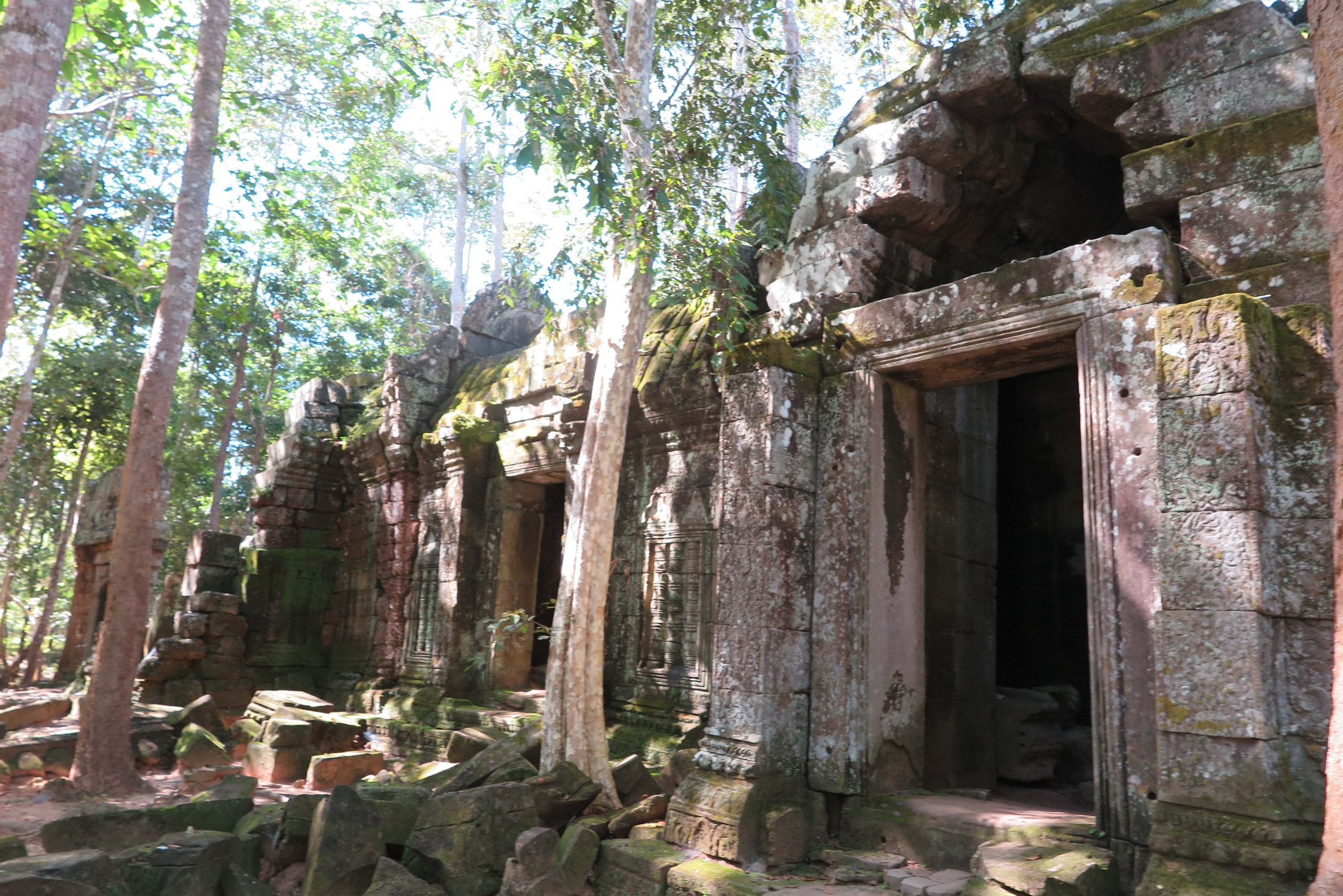
Hidden deep in the forest, at the North of Takeo, TA NEI is a temple with all the charm of romantic ruins. To get to it, take the narrow road through the forest that winds its way through ficus trees and lianas. Note the Buddhist pediments and the lintels.

pong trees (dubbed “fromagers” by the French owing to their enormous roots that brought to mind an oozing camembert) have invaded this temple erected in the late 12th century under Jayavarman VII (dedicated in 1186). Its original name was Rajavihara, the royal monastery.

It was one of the 102 chapels added to hospitals built under the reign of King Jayavarman VII. With its now collapsed tower, this small sandstone sanctuary stands at the south of the Angkor Thom city.
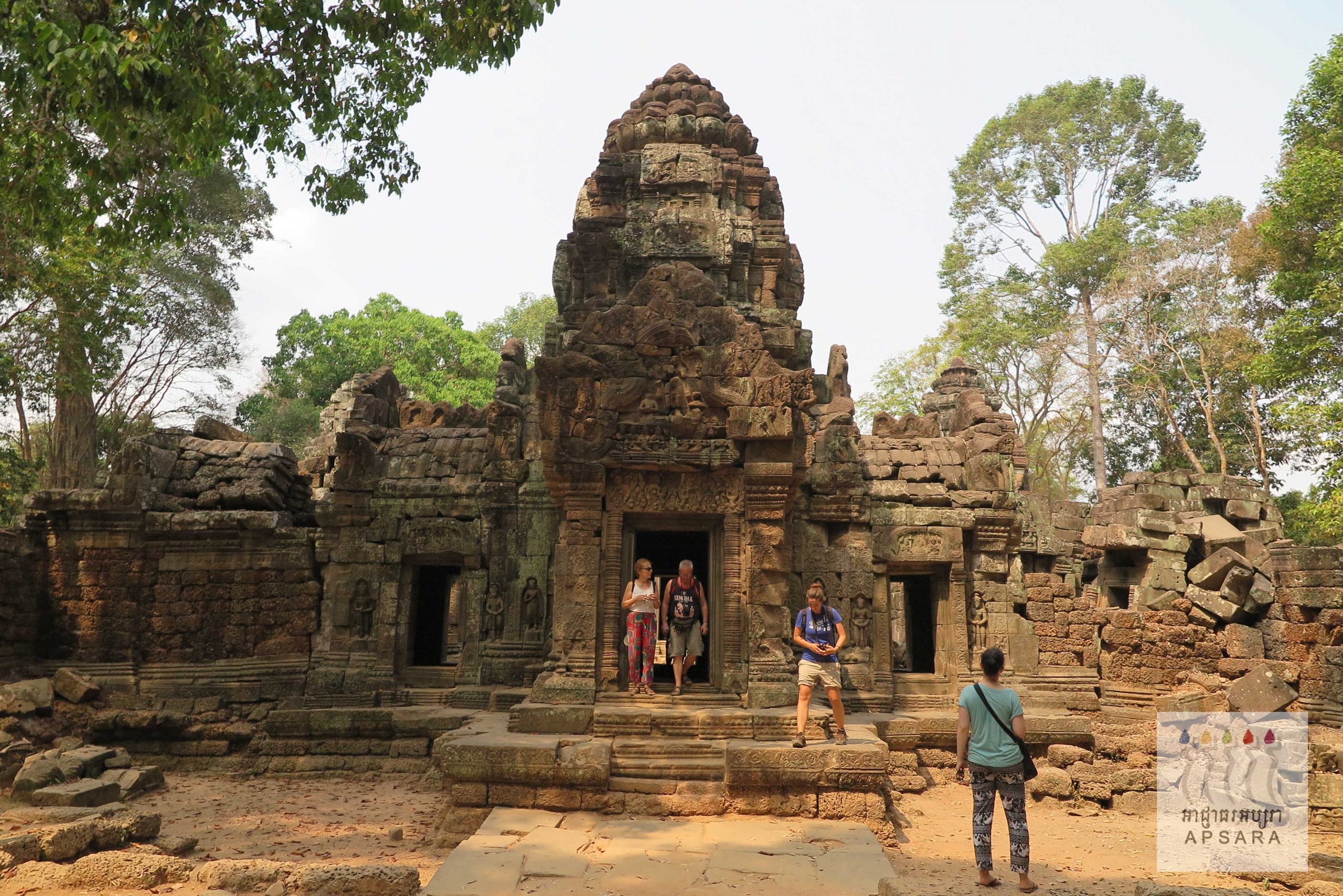
Built under Jayavarman VII, this modestly sized complex is surrounded by a series of concentric moats. Do not miss faces carved in stone top the east and west outer gates, the spectacular tree, beautiful pediments and exceptional finely carved devatas.

It was named after a statue of Yama, the judge of the dead, which at the time of its discovery was covered with lichens giving it a leper-like appearance. The restored archaeological crypt allows visitor to see the two phases of its construction, under Jayavarman VII.
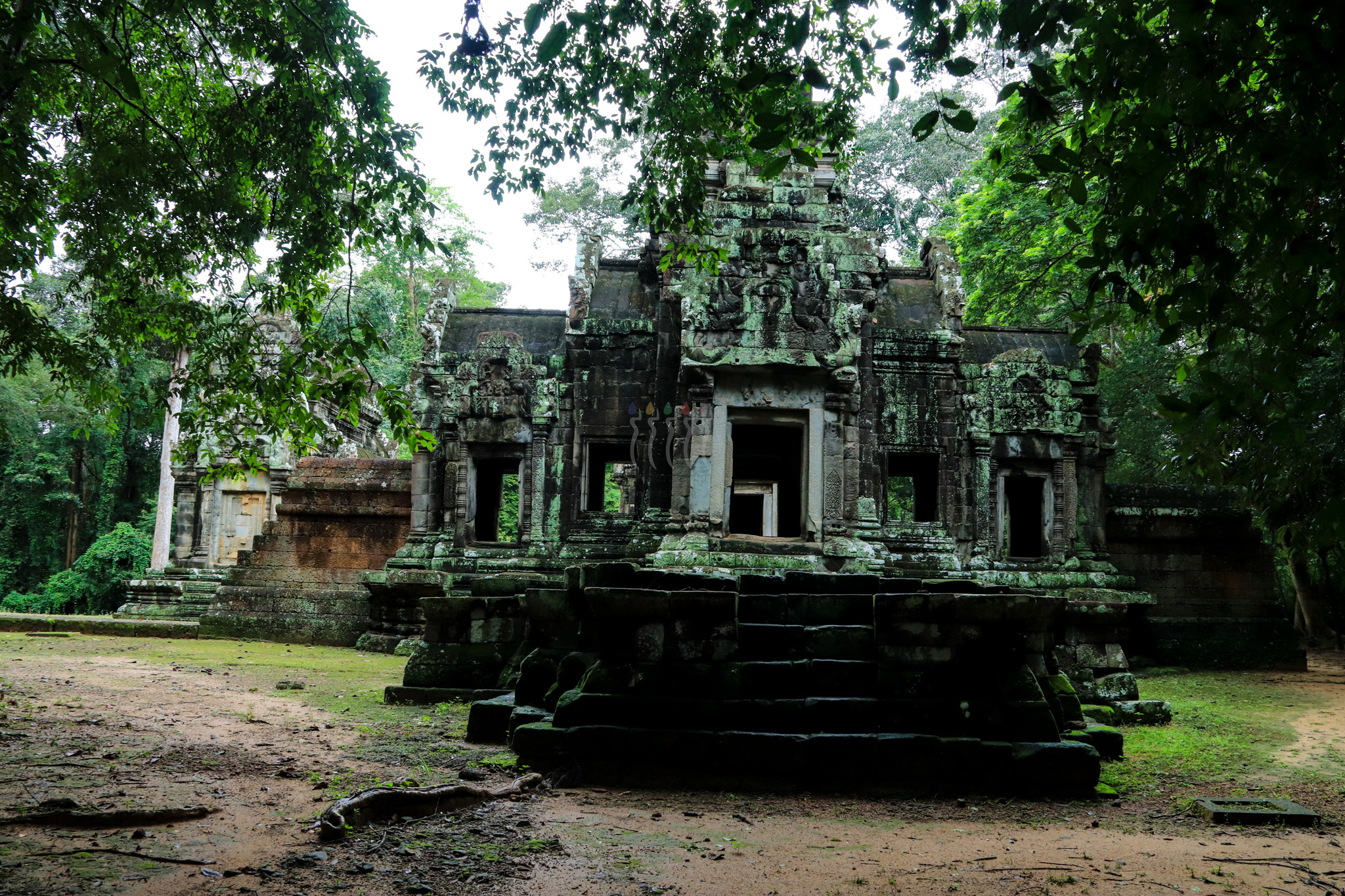
These small gems are located on either side of the royal avenue exiting from the Royal Palace at the East Baray and heading east. They were built on the mid of the 12th century in a style that blends perfectly with the art of Angkor Wat.
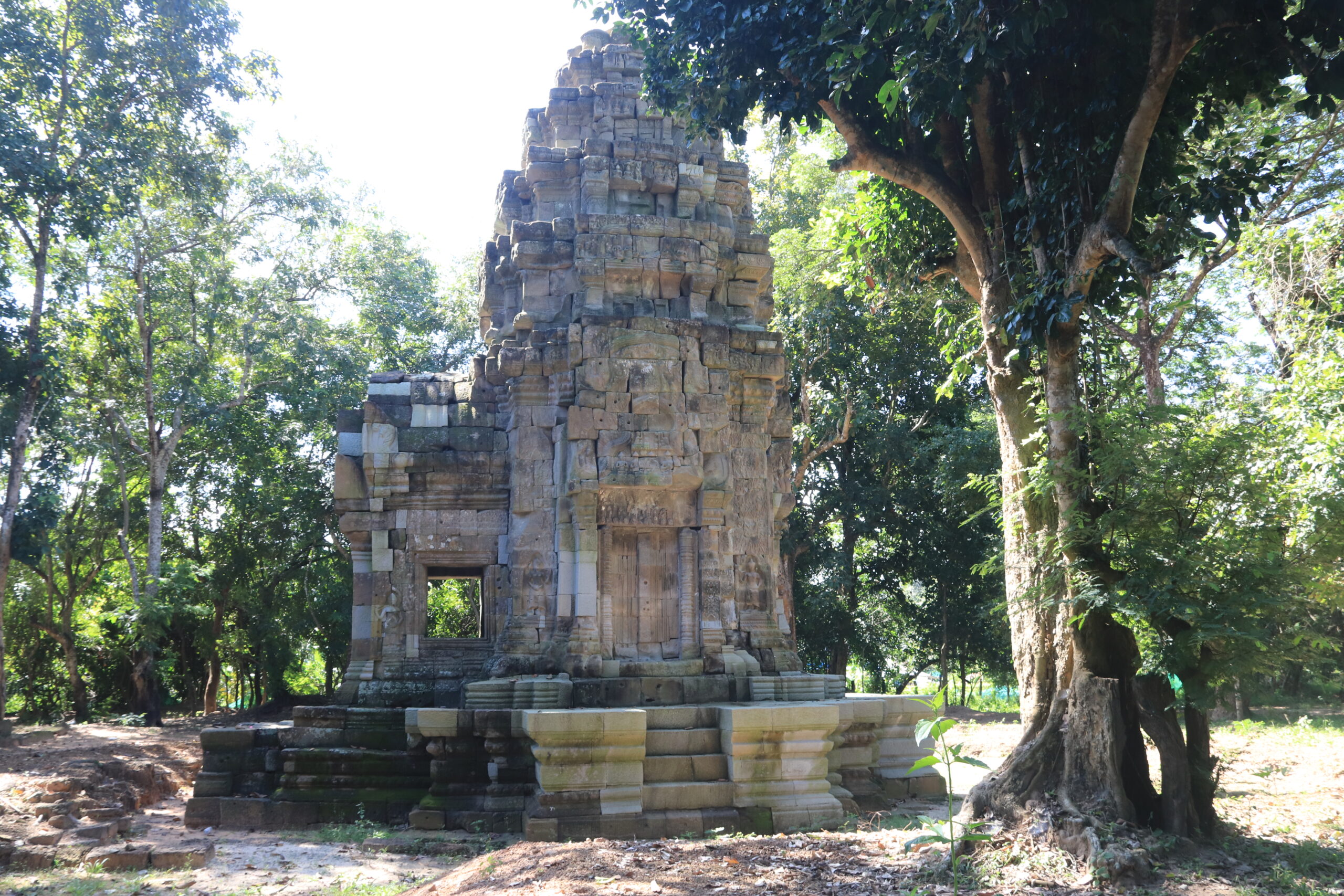
Tonle Snguot is a small ruin sandstone temple open to the east. it’s one of the four hospital chapels around Angkor Thom. In all 102 were built throughout the Khmer empire, under the reign of Jayavaraman VII (1181-1218 A.D).
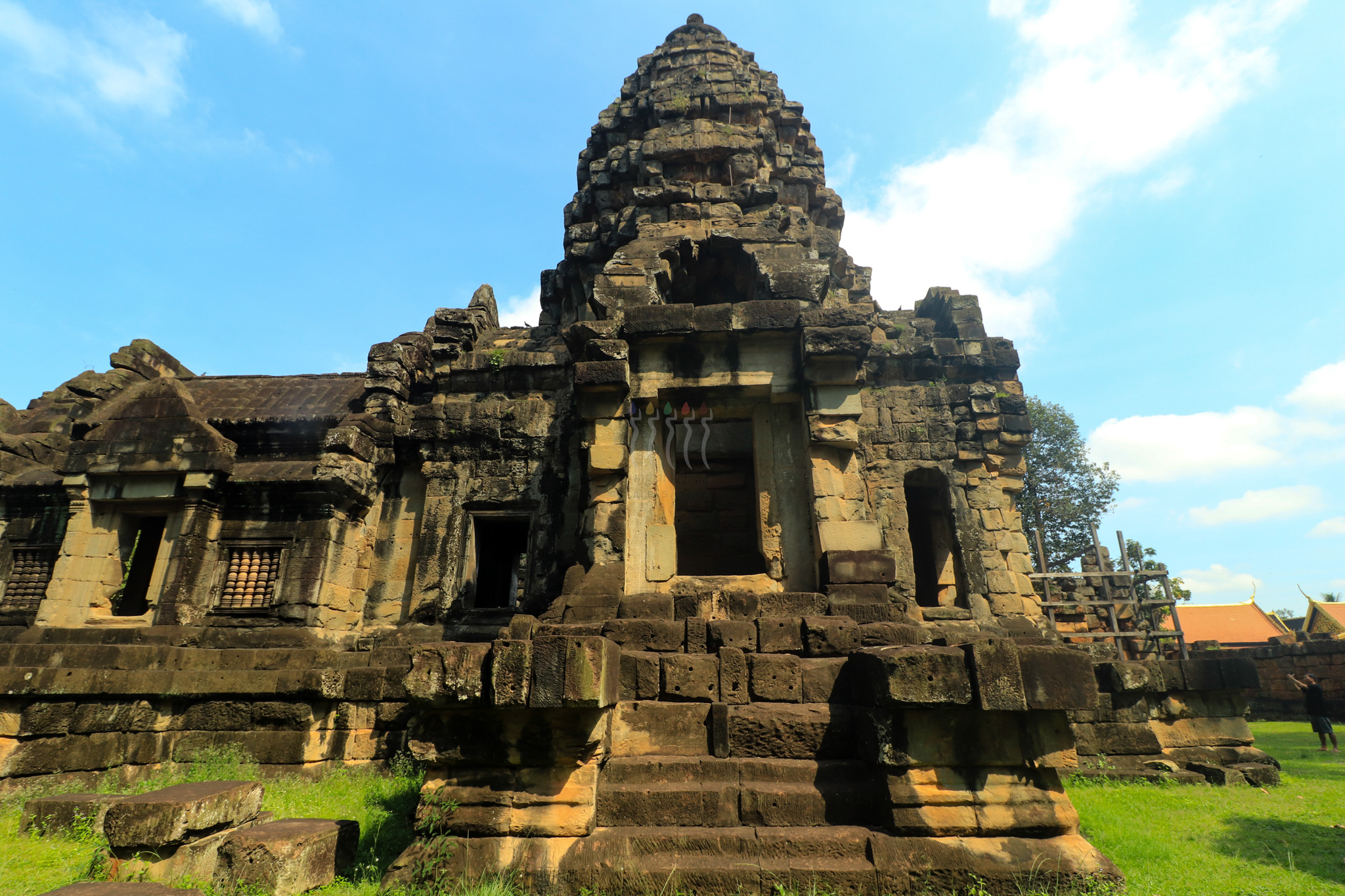
Wat Athvea is Hindu temple, located 6 km south of Siem Reap just west of the road leading to the Tonle Sap. The temple’s design, facing west and the distinctive style of its devata (sacred female images) indicate that it was built during the reign of King Suryavarman II.
